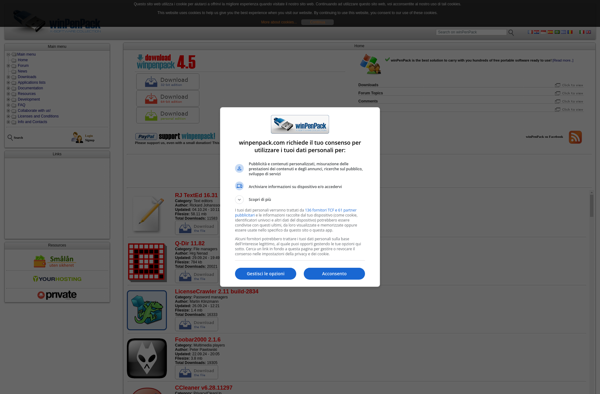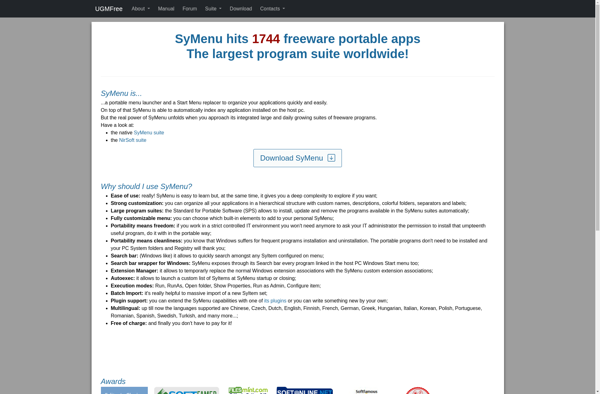Windows System Control Center
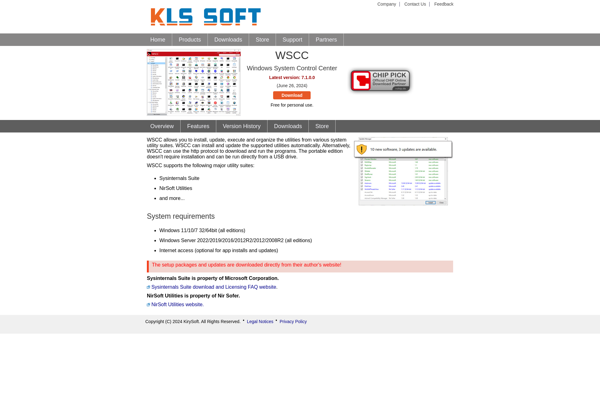
Windows System Control Center: View & Configure Your Windows Settings
The Windows System Control Center is a component of the Windows operating system that allows users to view system information and configure certain system settings. It provides access to tasks like changing display settings, configuring power options, administering user accounts, viewing system info, and more.
What is Windows System Control Center?
The Windows System Control Center, previously known as the Windows Control Panel, is a long-standing component of the Windows operating system that provides users with a graphical interface to view detailed system information and configure various aspects of the operating system and hardware. It allows users to access important administration tasks in one centralized location.
In the Control Panel, users can view basic system details like the OS name, version, processor, and installed RAM. They can also configure numerous settings related to hardware and devices, user accounts, network connections, power saving options, region and language preferences, ease of access configurations, and more. There are applets for setting display resolution, configuring printers and scanners, setting up parental controls, and administering user and group accounts.
Advanced tools in the Windows System Control Center enable more complex system administration. For example, users can view event logs, system performance reports, and device manager details. It also contains links for accessing more robust system tools like the Windows Task Manager or Registry Editor. An interface makes it easy for users to search for specific management panels based on common tasks.
Originally introduced with Windows 95, the Windows Control Panel has evolved across Microsoft’s operating systems while maintaining roughly the same core purpose - giving users a central place to view and configure preferences and settings for both hardware and software. Recent iterations have focused on ease-of-use, searchability, and a more modern user interface aligned with the design language of the OS.
Windows System Control Center Features
Features
- View basic system information like OS version, CPU, RAM
- View and manage storage drives and volumes
- View and manage installed applications
- Configure user accounts and permissions
- Adjust visual settings like resolution, orientation
- Manage power settings like sleep and hibernate
- View and manage Windows services
- Access administrative tools for advanced configuration
- View event logs for troubleshooting
- Remote desktop connection tools
Pricing
- Free
- Bundled with Windows OS
Pros
Cons
Official Links
Reviews & Ratings
Login to ReviewNo reviews yet
Be the first to share your experience with Windows System Control Center!
Login to ReviewThe Best Windows System Control Center Alternatives
Top Os & Utilities and System Tools and other similar apps like Windows System Control Center
Here are some alternatives to Windows System Control Center:
Suggest an alternative ❐Sysinternals Suite
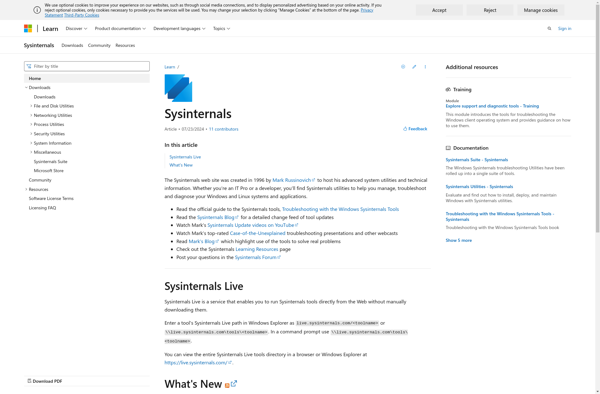
The Portable Freeware Collection
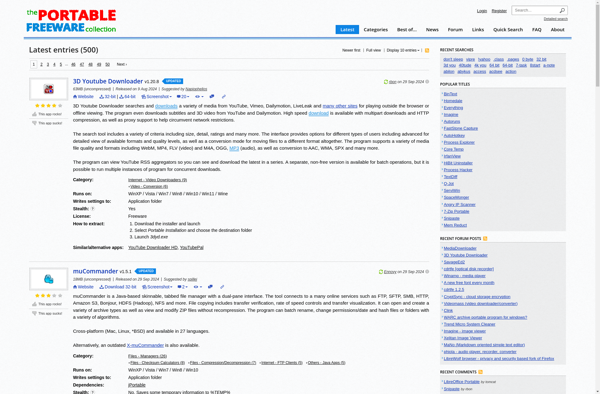
NirLauncher
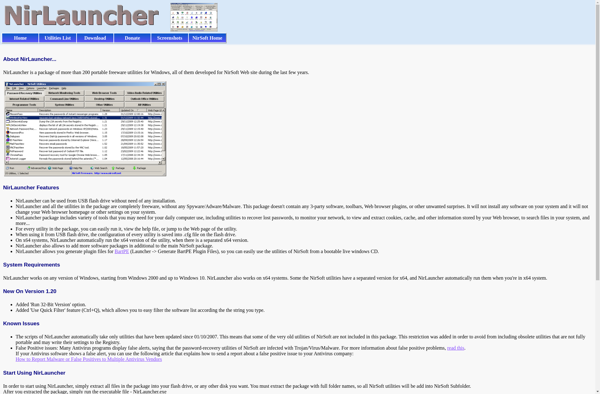
LiberKey
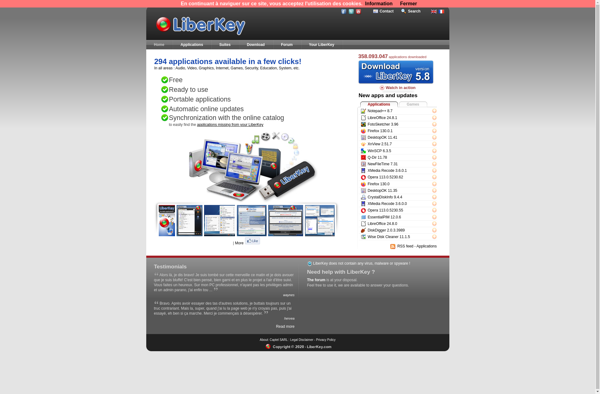
Lupo PenSuite

WinPenPack
